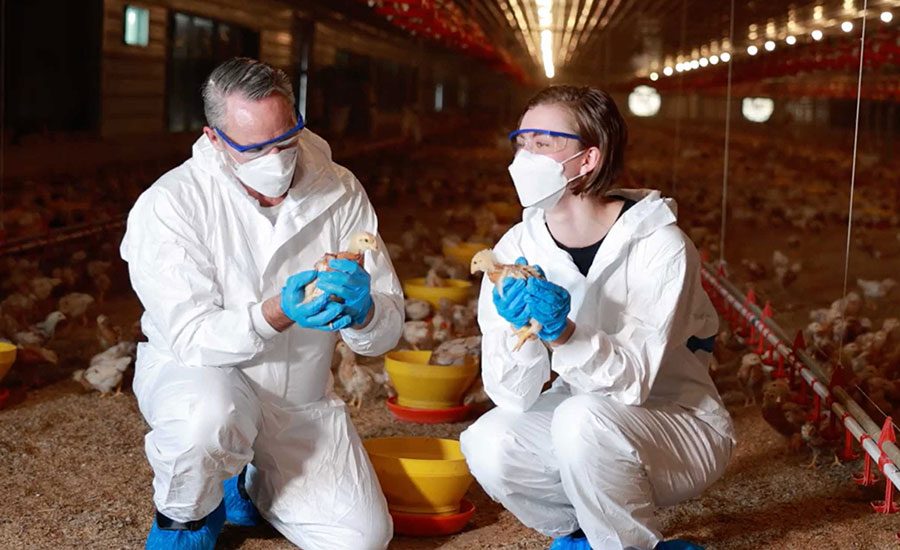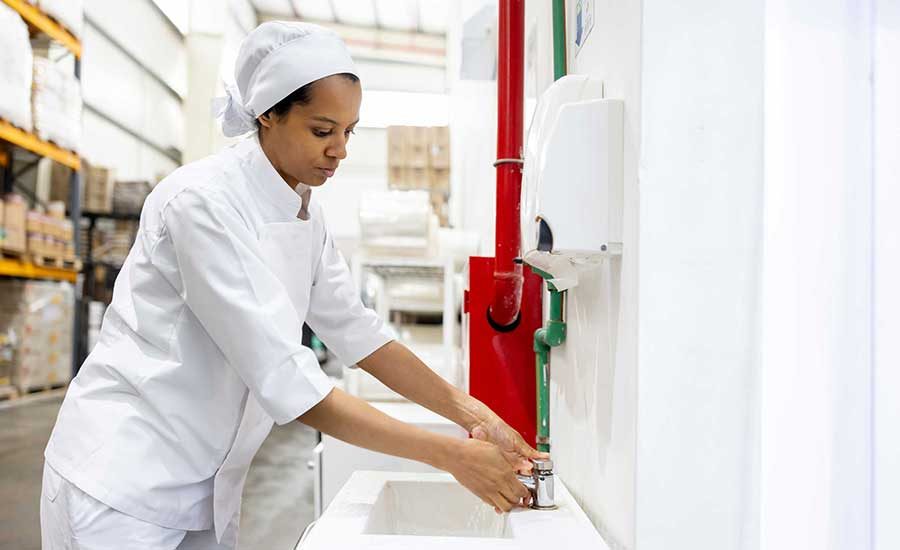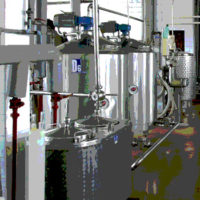Checklists are essential in many industries, but none more so than in foodservice. Whether your business is a branded restaurant with multiple locations, a catering company, or a hospital cafeteria, checklists can be used for everything from Hazard Analysis and Critical Control Points (HACCP) compliance to general operations to staff training.
Most foodservice businesses still rely on handwritten checklists kept in notebooks or on clipboards. Paper checklists are subject to human error and can be destroyed, lost, or misplaced—risks you simply can’t afford in an industry where consumer safety is your number one priority.
Savvy business owners are taking their checklists digital. Why? Switching to a well-designed digital checklist platform can help you maintain compliance and reduce errors in your foodservice operation. With the right digital platform, you can:
- Access multiple sources of information in a single location
- Improve operational efficiency
- Enhance managerial control
- Reduce fraud (“pencil whipping”)
- Improve above unit visibility
- Cut back on paper waste
When all your checklists are housed on a single platform with a user-friendly interface, staff members are more likely to use them—and use them properly. The key is choosing a well-designed platform.
What to Look for in a Digital Checklist App
Not all digital checklists are created equal. Efficiency depends on an app that is flexible enough to fit your specific restaurant needs and requirements. A complicated platform that adds functionality but sacrifices simplicity is a recipe for noncompliance and operational inefficiency.
The system you choose should be intuitive and easy to use. If the average kitchen worker can’t learn the system with just a few minutes of training, it’s too complicated.
A well-designed platform will allow you to do things like:
- Log accurate time and temperature data
- Maintain complete warming and cooling logs
- Integrate operational checklists, including brand-specific guidelines
- Perform self-auditing
- Monitor cleaning compliance
- Detect for fraud/pencil whipping
- Use checklists as training tools or “how-to” guides for brand-specific processes
Here’s what to look for in an app:
Ease of use. Technology is supposed to make life easier, yet, paradoxically, it sometimes makes our lives even more complicated. Just because something is touted as “high-tech” doesn’t mean it’s well-designed. When choosing a digital checklist app for your foodservice business, ask the following questions:
- Is it easy to navigate?
- Does it auto-advance between sections rather than forcing users to navigate multiple screens to complete a single line item?
- Does the app require users to input data from a handheld temperature probe by hand, or does it interface automatically with a wireless handheld probe, eliminating the need for data entry?
A well-designed digital checklist app will not only enable you to increase the number of items on your checklist, it will also slash the amount of time it takes to complete the list. Wouldn’t it be nice to add an hour back into the restaurant/kitchen manager’s day while effectively covering safety, quality, and branding issues? A good app will bring this and other benefits to life.
Problem detection and resolution. If an item on your paper checklist fails to meet requirements, what next? You may have policies and procedures in place to remedy issues in the kitchen—like temperature issues with a dish—but how do you ensure the resolution is actually carried out? A digital checklist system can help, not only by identifying aberrations, but by facilitating action. For example, the system might suggest stirring the pot to balance the heat of a restaurant dish and then prompt the person to take the temperature measurement again. The system you choose should cue corrective actions automatically when a problem is identified.
Fraud detection features. In a perfect world, everyone would abide by the honor system. Unfortunately, there will always be those who skirt the truth, cut corners, or commit outright fraud—even within your own organization. If you’ve ever made a surprise visit to one of your locations only to find that your paper checklists had already been completed before the day or weekend was even over, you’ve learned the hard way that paper provides no controls for accuracy or truthfulness. The right digital solution helps combat this. Look for a system that limits access to your checklists to certain time ranges. And one that analyzes entries for anomalies, like rapid completion of checklists or identical values in all fields. A good system will spot questionable entries and prompt managers/executives to investigate.
Go with a system that allows you to add features down the line as your needs change and your business grows. Other features to look for:
Remote data management and reporting. Choose a system that provides you with remote access to detailed graphs, checklist completion data, corrective actions, and management alerts at the click of a button—in real time.
Real-time notifications. If there’s an issue, someone in charge needs to know about it immediately. The system you choose should send you an email or text message, or prompt a live representative to make an outbound call when something’s not right—like temperatures that don’t meet your brand specifications. Real-time notifications are especially helpful when malfunctions occur in the middle of the night when no one is on-site.
Is a Digital Checklist Worth the Investment?
Technology is revolutionizing the foodservice industry. Making the switch to a digital checklist can help you ensure compliance at every turn. A well-designed system should be easy to use, efficient, and effective. When correctly implemented, converting to digital can reduce the amount of time to complete checklists on paper by 50 percent. imagine all the things your business could accomplish with that extra time.
Consider switching to a digital checklist platform and help your foodservice business thrive.
Tom Woodbury is the vice president of National Accounts with ComplianceMate. As a classically-trained chef and media personality, Tom has combined his love of food with his extensive knowledge of the foodservice industry to help restaurants improve their food safety and HACCP compliance programs. Utilizing the latest advancements in technology, ComplianceMate provides customized solutions to help foodservice businesses of every size meet safety compliance standards and improve operational efficiency.




![Not all restaurant checklist are created equal[1].jpg](https://www.food-safety.com/ext/resources/fsm/cache/file/5F157865-6E76-4452-92031D0A84C73B0E.jpg?height=200&t=1611014275&width=200)
![safer employee behavior[1].jpg](https://www.food-safety.com/ext/resources/fsm/cache/file/65FFAAC8-D192-4FCC-AFD5C0009630D850.jpg?height=200&t=1611014276&width=200)
